
Charlescamille Saintsaens 18351921 Drawing by Print Collector Pixels
Caprice héroïque, Op.106 (Saint-Saëns, Camille) Caprice sur des airs danois et russes, Op.79 (Saint-Saëns, Camille) Caprice sur les airs de ballet d'Alceste de Gluck (Saint-Saëns, Camille)
COMPOSITORES ROMÁNTICOS (18201910) Camille SaintSaëns (18351921)
Saint-Saëns circa 1880. The Carnival of the Animals (Le Carnaval des animaux) is a humorous musical suite of fourteen movements, including "The Swan", by the French composer Camille Saint-Saëns.The work, about 25 minutes in duration, was written for private performance by two pianos and chamber ensemble; Saint-Saëns prohibited public performance of the work during his lifetime, feeling that.
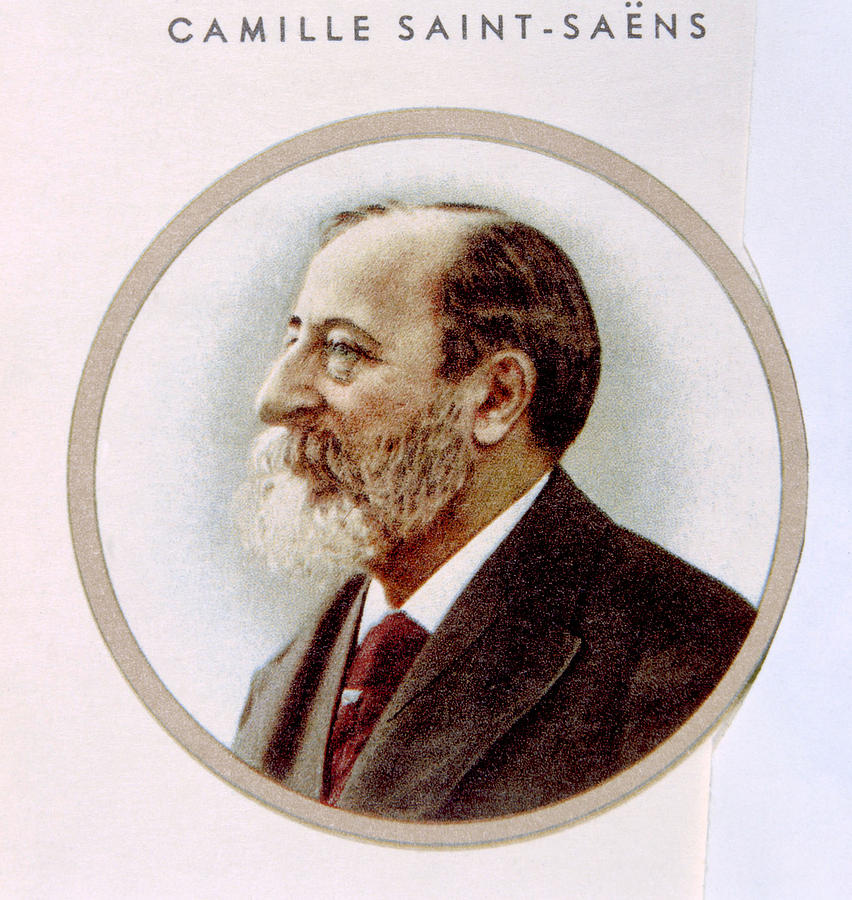
Charles Camille Saintsaens 18351921 Photograph by Everett Pixels
Charles-Camille Saint-Saëns was a French composer, organist, conductor and pianist of the Romantic era. His best-known works include Introduction and Rondo Capriccioso, the Second Piano Concerto, the First Cello Concerto, Danse macabre, the opera Samson and Delilah, the Third Violin Concerto, the Third Symphony and The Carnival of the Animals. Saint-Saëns was a musical prodigy; he made his.
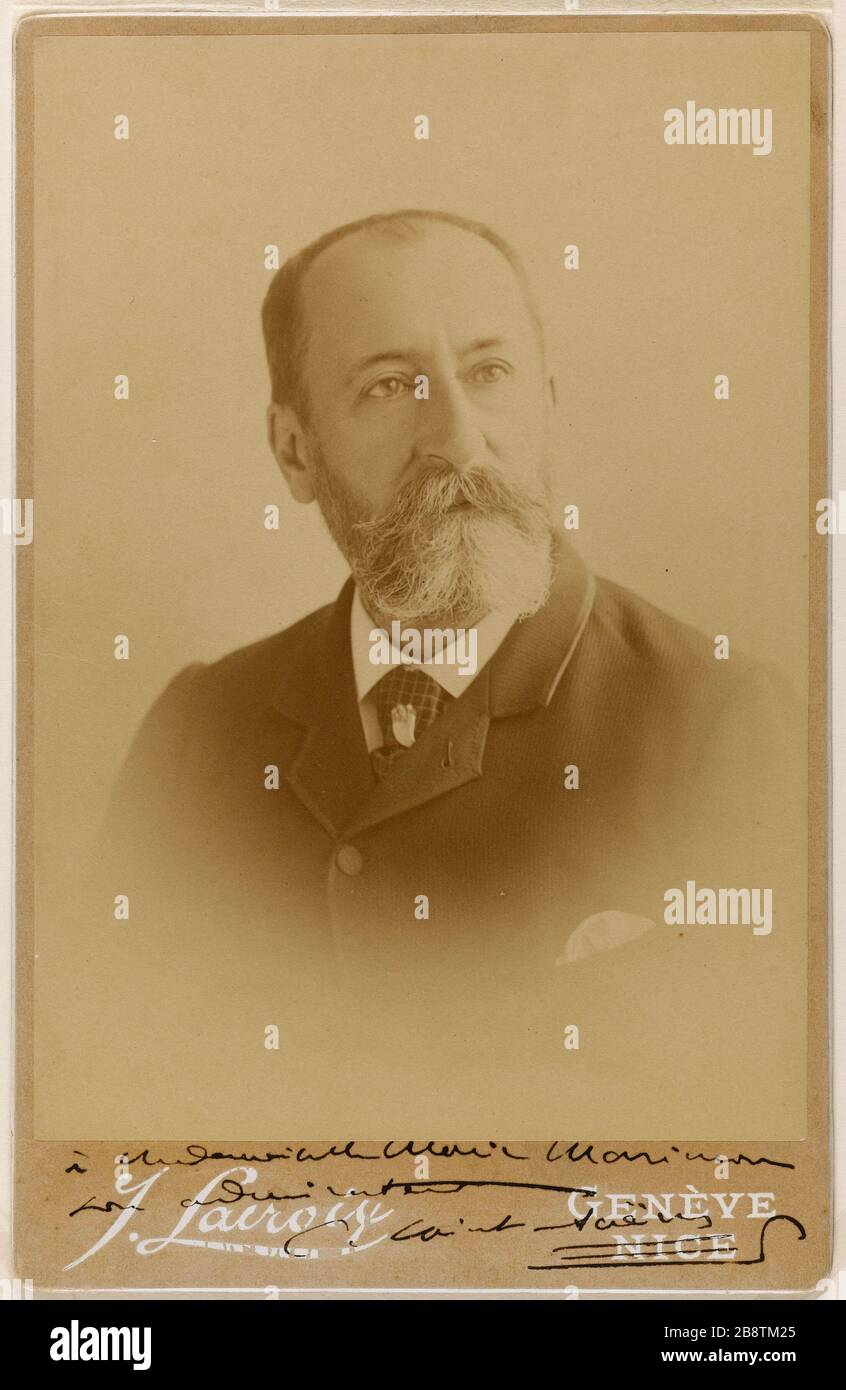
Portrait of Charles Camille SaintSaëns (18351921), composer. Portrait de Charles Camille Saint
Secure Transaction. Price Comparison. Worldwide Inventory
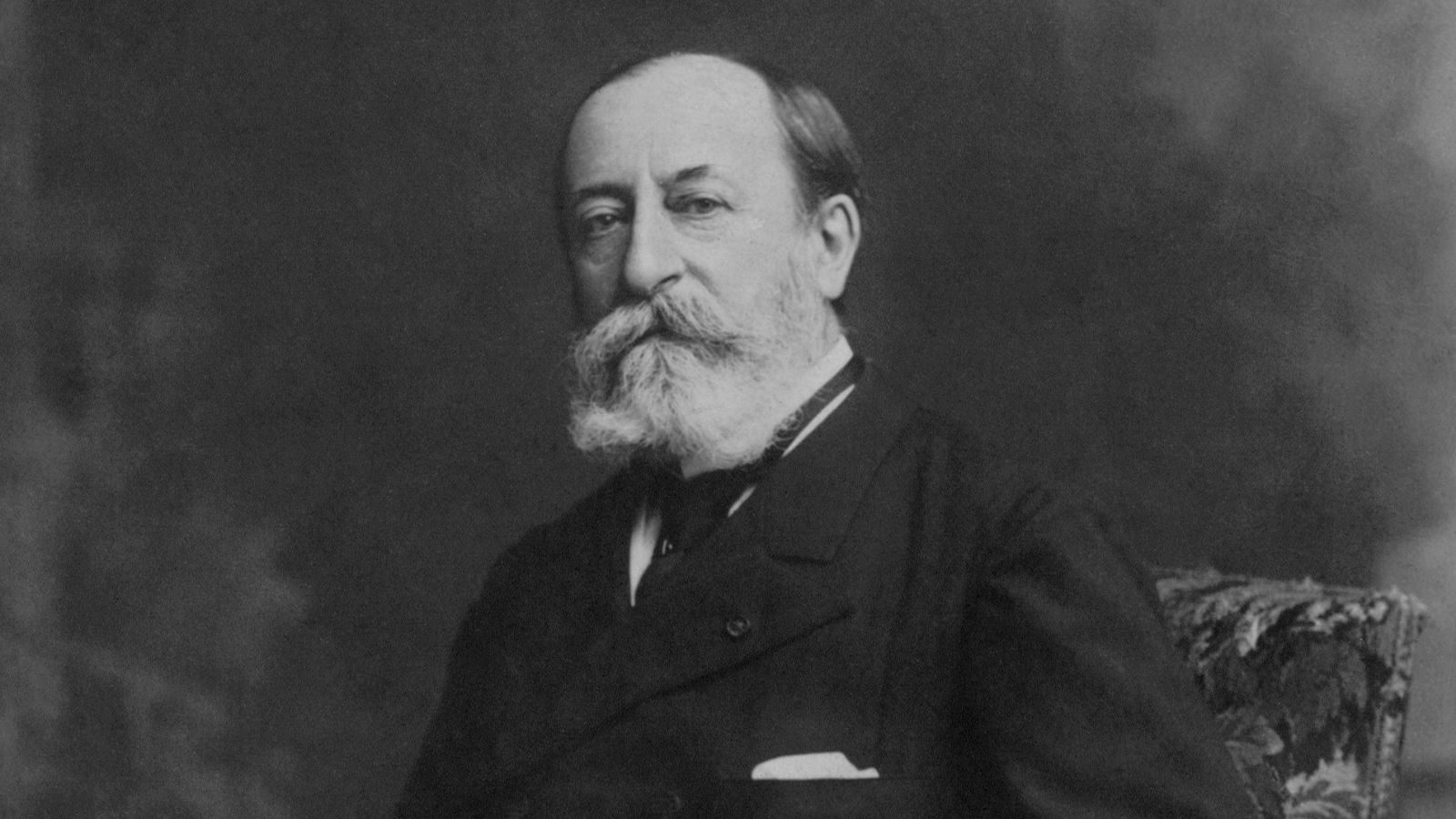
Camille SaintSaëns Dallas Symphony Orchestra
Saint-Saëns, Charles Camille (1835-1921) French composer, pianist, and organist. His conservative musical style is best represented by his third symphony (1886) and his sonatas. He also wrote descriptive works, such as Danse Macabre (1874) and Carnival of the Animals (1886). His operas include Samson and Delilah (1877).

* Camille SaintSaëns * (c. 1880). Saintsaëns, Classical music composers, Classical music
Below is a sortable list of compositions by Camille Saint-Saëns.The works are categorised by genre, opus number, Ratner catalogue number, date of composition and titles. R numbers are from Camille Saint-Saëns 1835-1921: A Thematic Catalogue of His Complete Works by Sabina Teller Ratner (Oxford University Press).
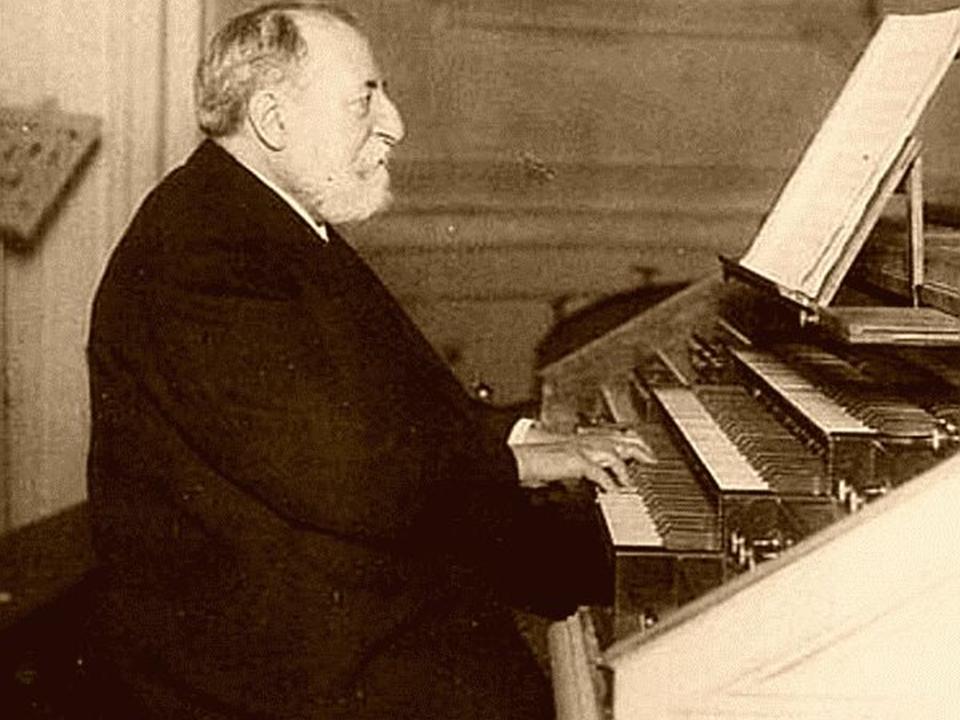
Charles Camille SaintSaëns Kimdir, Hayatı ve Resimleri
Charles Camille Saint-Saëns. 9.10.1835 - 16.12.1921 Country: France: Period: Romantique: Biography. Saint-Saëns was born on October 9, 1835. His native city was Paris, France.. Camille Saint-Saens - Violine Concerto 3 Havanaise Introduction et Rondo Capriccioso Piano Concerto 2 Concerto Saint-Saëns - Cello Concertos Nos. 1 & 2; Le.
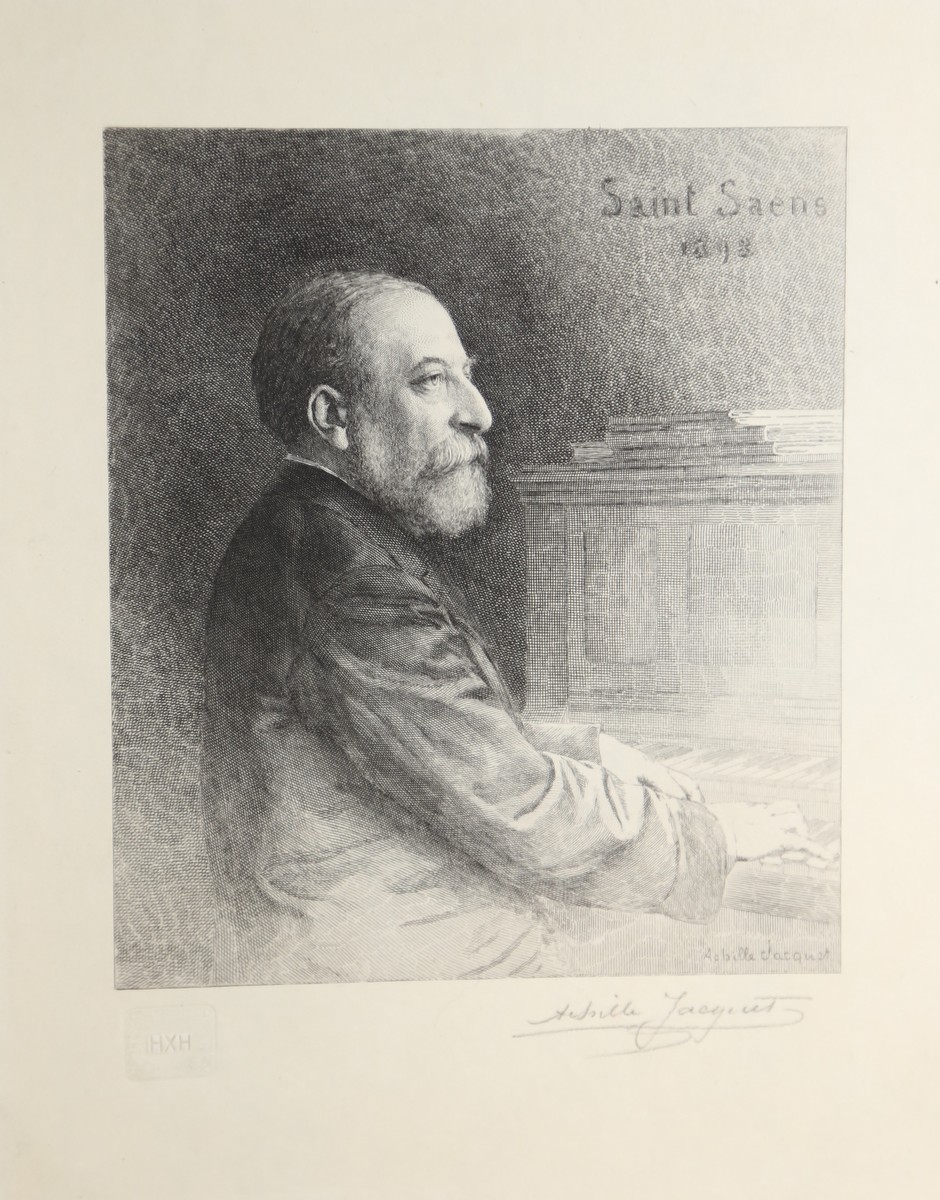
Portrait des Komponisten CharlesCamille SaintSaëns am Klavier. Halbfigur im Profil nach rechts
Charles-Camille Saint-Saëns (1835-1921) was a French composer, organist and conductor who wrote works including Rondo Capriccioso, Samson and Delilah and Symphony No.3 'Organ'. Life and music Born in Paris in 1835, the son of an audit clerk and carpenter's daughter, Saint-Saëns showed signs of exceptional musical ability from infancy.
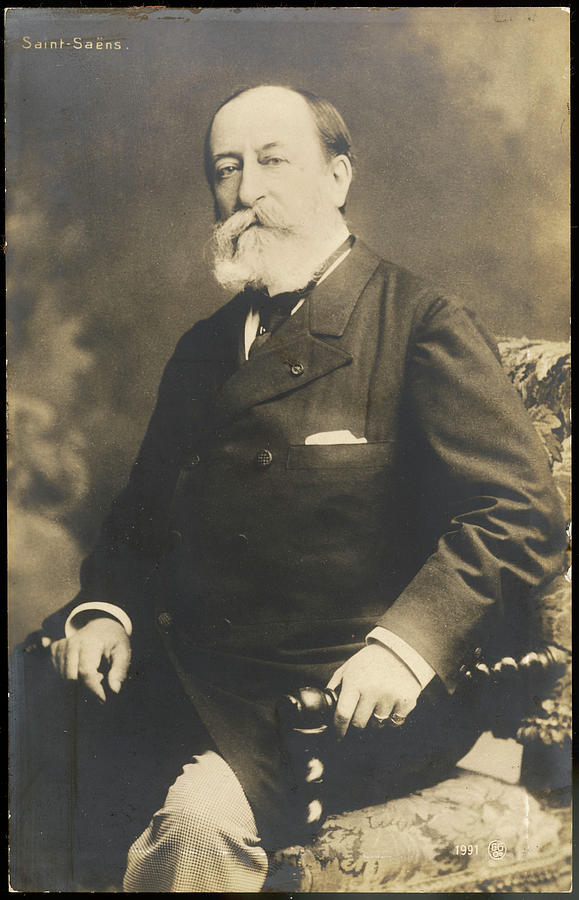
Charlescamille Saintsaens, French Photograph by Mary Evans Picture Library Pixels
Danse Macabre (first performed in 1875) is the name of opus 40 by French composer Camille Saint-Saëns.The composition is based upon a poem by Henri Cazalis,.
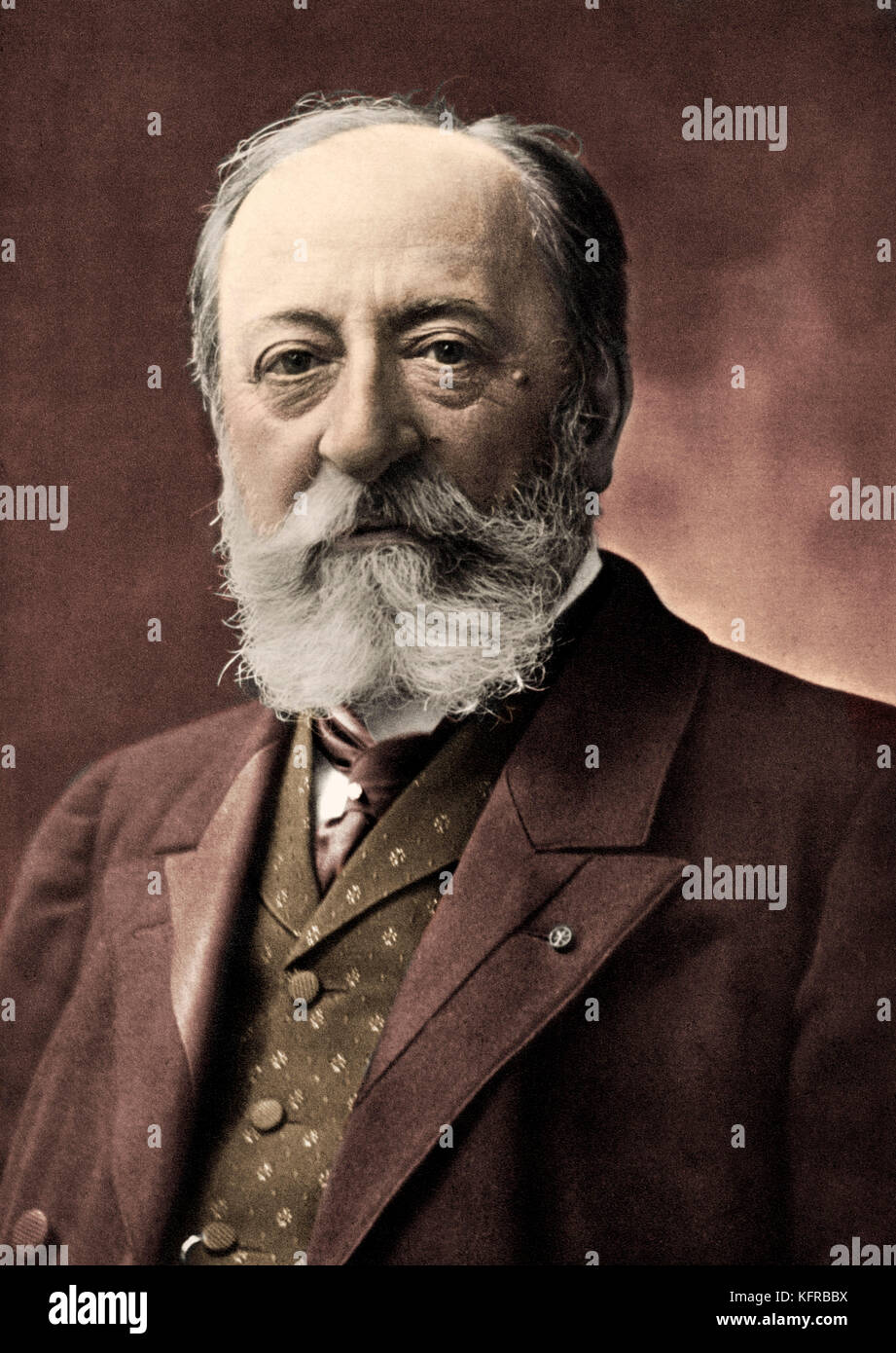
Camille SaintSaens French composer c.18901900. CSS 9 October Stock Photo, Royalty Free
Category:Saint-Saëns, Camille. A list of works in the composer category that are not included here can be found on this page. Please consult the manual of style for creating composer work lists. Opus# Year Genre Title Notes Op.1: 1852: Keyboard: 3 Morceaux: for harmonium Op.2: 1853: Orchestral: Symphony No.1 in E-flat major: Op.3:
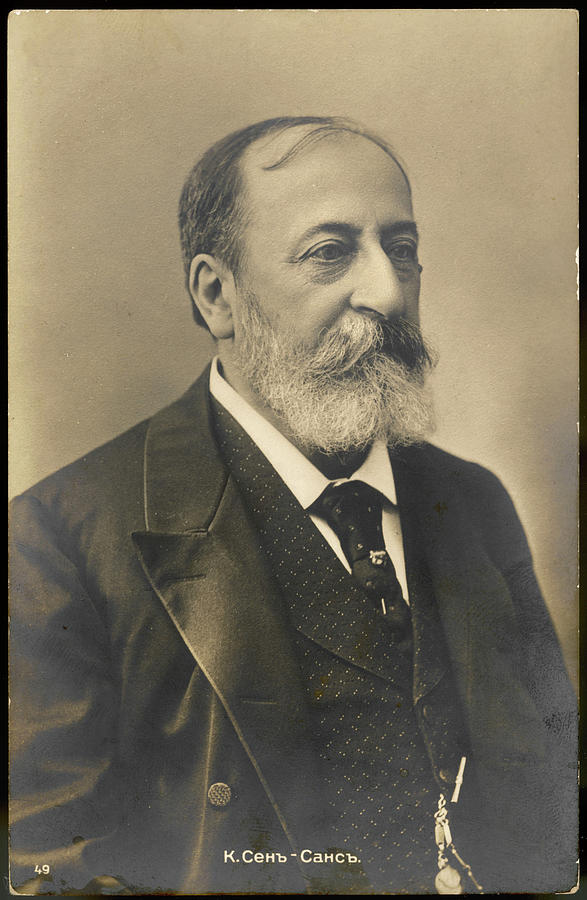
Charlescamille Saintsaens, French Photograph by Mary Evans Picture Library Fine Art America
Camille Saint-Saëns (born October 9, 1835, Paris, France—died December 16, 1921, Algiers [Algeria]) composer chiefly remembered for his symphonic poems—the first of that genre to be written by a Frenchman—and for his opera Samson et Dalila.Saint-Saëns was notable for his pioneering efforts on behalf of French music, and he was a gifted pianist and organist as well as a writer of.
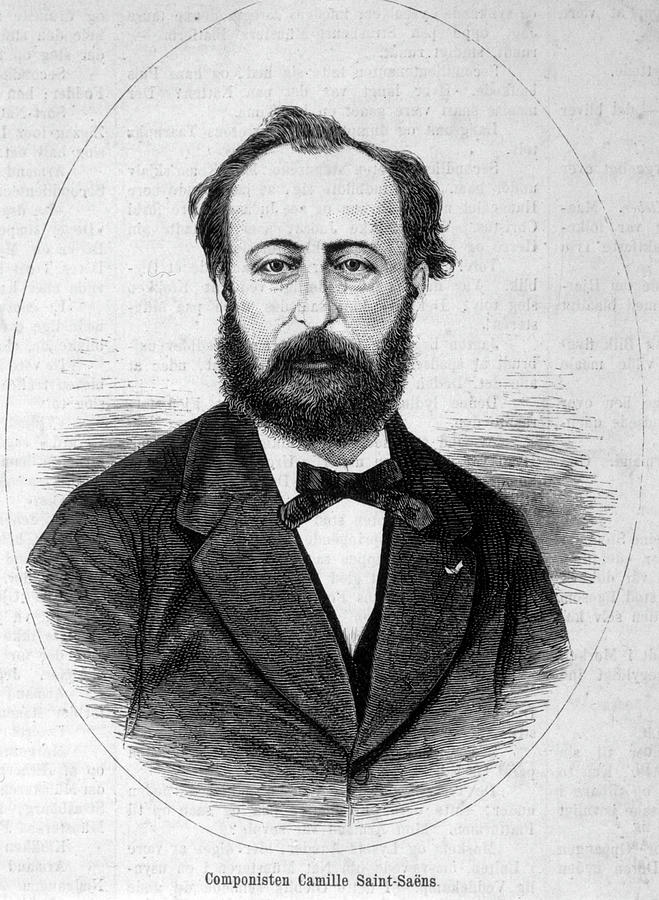
Charlescamille Saintsaens, French Drawing by Mary Evans Picture Library
modifier - modifier le code - modifier Wikidata Charles Camille Saint-Saëns (/ s ɛ̃ . s ɑ̃ (s) /) [n 1] , né le 9 octobre 1835 à Paris et mort le 16 décembre 1921 à Alger , est un pianiste , organiste et compositeur français de l' époque romantique . Il a écrit douze opéras , dont le plus connu est Samson et Dalila (1877) , de nombreux oratorios , cinq symphonies [n 2] , cinq.

CharlesCamille SaintSaëns, 86 (19351921) French Composer YouTube
Date of Death. October 9th, 1835. December 16th, 1921. Charles-Camille Saint-Saëns (October 9, 1835 - December 16, 1921) was a Romantic-era French composer, pianist, and organist. His most famous works are The Carnival of the Animals, Danse Macabre, and his third symphony (known as the Organ Symphony ).
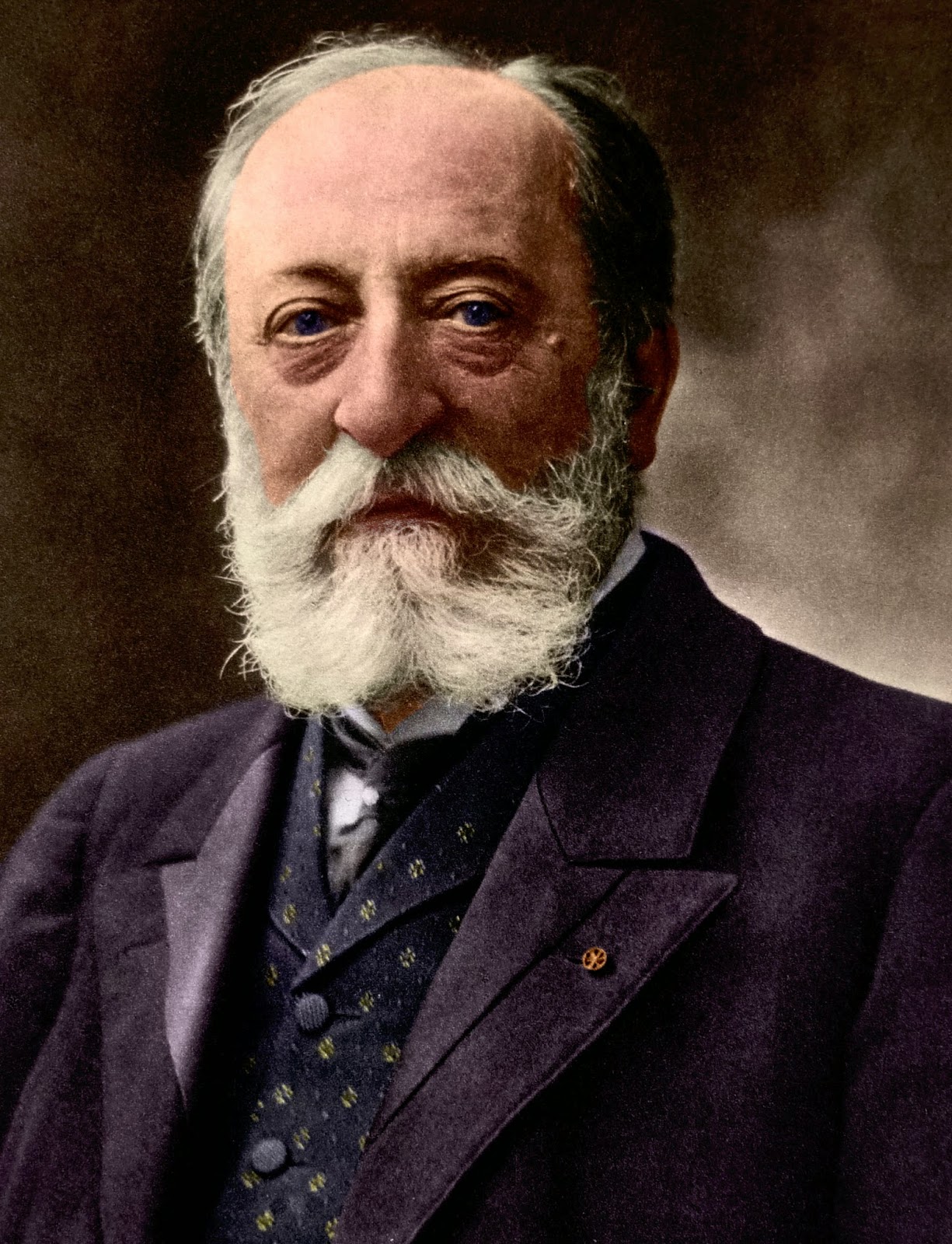
Plastificando ilusiones SaintSaëns es el compositor de febrero
Charles-Camille Saint-Saëns was a French composer, organist, conductor and pianist of the Romantic era. His best-known works include Introduction and Rondo Capriccioso (1863), the Second Piano Concerto (1868), the First Cello Concerto (1872), Danse macabre (1874), the opera Samson and Delilah (1877), the Third Violin Concerto (1880), the Third ("Organ") Symphony (1886) and The Carnival of the.

CHARLES CAMILLE SAINTSAENS RNS Música Académica
Camille Saint-Saëns. 1835 - 1921. Charles-Camille Saint-Saëns was a French composer, organist, conductor, and pianist of the Romantic era. A musical prodigy, he gave his first concert at only 10 years old, before studying at the Paris Conservatoire. Information from Wikipedia.

Camille SaintSaëns French Composer & Pianist Britannica
Charles-Camille Saint-Saëns (9 October 1835, Paris - 16 December 1921, Algiers) was a French composer, organist, conductor, and pianist of the Romantic era. He is known especially for The Carnival of the Animals, Danse Macabre, the opera Samson and Delilah, Piano Concerto No. 2, Cello Concerto No. 1, Havanaise, Introduction and Rondo Capriccioso, and his Symphony No. 3 (Organ Symphony).